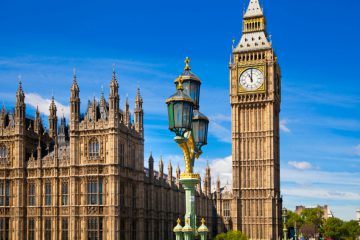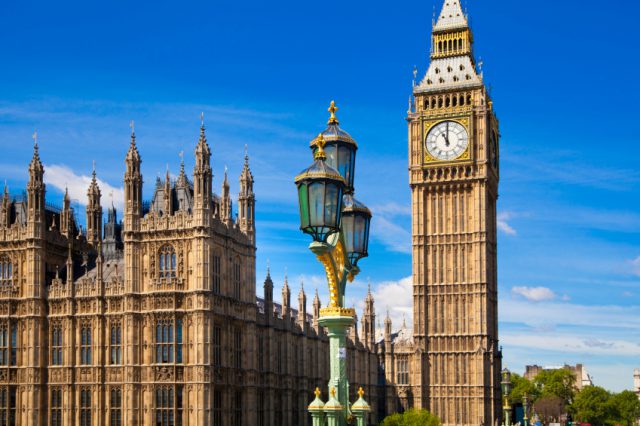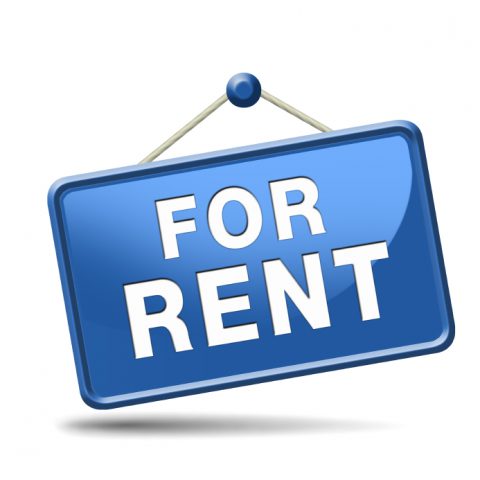New research has found that the cost of the forthcoming 3% stamp duty on buy-to-let properties will be equivalent to 11 months income for the average mortgaged landlord.
An investigation by property services group Countrywide suggests that most private sector landlords looking to buy after April 2016 will attempt to offset this cost by offering less when buying.
At present, rents on newly let properties increased by 2% year on year. This rise was led by markets in the East of England.
Rises
In this year’s Autumn Statement, Chancellor Osborne announced plans to introduce a new 3% stamp duty tax rate for buy-to-let landlords and second home owners.
Research from Countrywide shows that should that larger tax burden not be factored into the purchase price of a property, this would lead to a reduction in gross yield of 0.2%. This is the same as 11 months income for the typical buy-to-let landlord, when borrowing costs are taken into account based on the average LTV of 68%.
Buy-to-let landlords in the South West and the North of England will experience the greatest cost relative to their rental income, with the extra tax burden equivalent to 14 and 12 months rental income respectively. Landlords in the North West of the country will see the least cost hike, accounting for 8 months of income.
The majority of buy-to-let purchases were found to take place in London, the South and East of England. 60% of homes sold in this market during the past year were in these regions. Landlords within these areas face the greatest cash increase in stamp duty of £6,000 on average.

Stamp Duty rises amount to 11 months net income
Great expectations
It is hoped that the widely anticipated house price growth during 2016 will take some of the sting from the tax increase. Should prices increase at the same rate as in the last five years, the next year will see the cost of additional stamp duty offset.
In the Midlands and the North of England, 16% and 12% of sales are to landlords. What’s more, data from the Countrywide report indicates that the average property purchased in these regions would previously have not faced a stamp duty bill, but will now face a £3,200 tax charge from April.
These changes in stamp duty come as the number of homes available to rent continues to dwindle, with numbers down by 5% year on year.
‘The stamp duty increase will impact landlords’ purchasing power,’ observed Johnny Morris, research director at Countrywide. ‘Many entering the market will be faced with a choice between making a lower offer when buying of having to cover the additional costs themselves, impacting yields.’[1]
Morris went on to say, ‘most landlords view property as a long term investment, on average holding a property for 17 years and larger investors will be exempt from the higher stamp duty rate. This means over the long term the private rented sector will continue to grow, but there’s likely to be a few lumps and bumps along the way as landlords get to grips with and adapt to the changing environment.’[1]
‘It’s unlikely the change to stamp duty will see an immediate impact on rents. Landlords are rarely able to pass on increasing costs to tenants, as rental prices are set by market forces. But if less landlords choose to invest in the sector in the short term, a fall in homes available to rent could put pressure on prices,’ he concluded.[1]
[1] http://www.propertywire.com/news/europe/uk-rental-market-landlords-2015121411312.html







